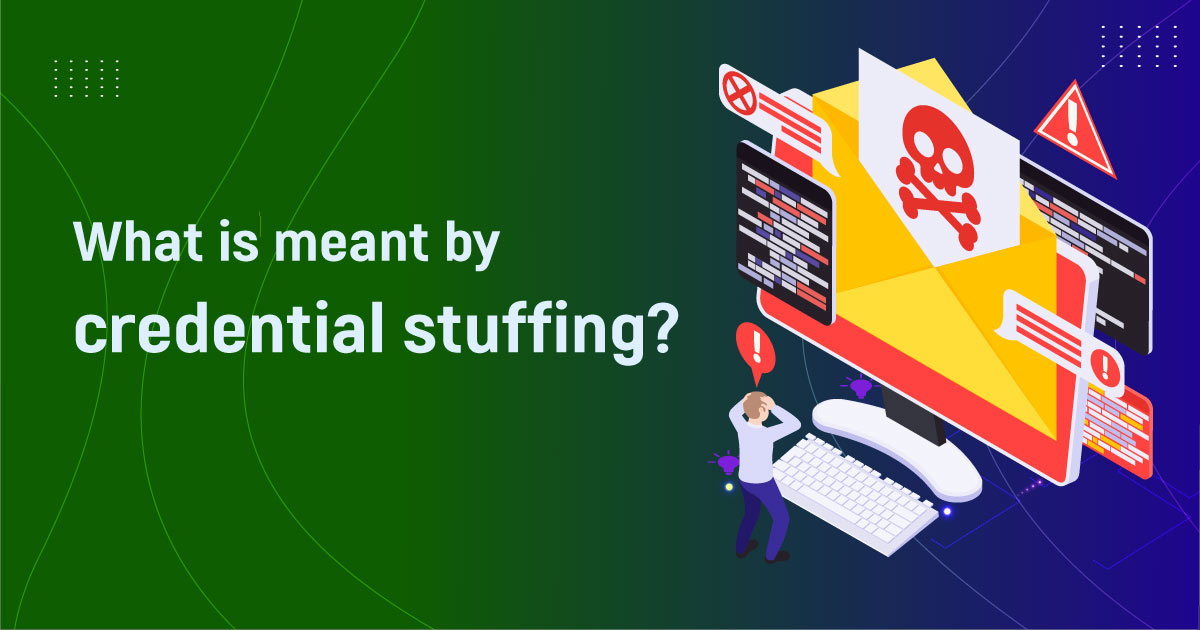In today’s digital age, cybersecurity threats are a constant concern for individuals and businesses alike. One such threat is credential stuffing, which involves cybercriminals using automated tools to test large volumes of stolen usernames and passwords on various websites and applications in an attempt to gain access to user accounts. This technique is particularly effective because many individuals use the same login credentials across multiple platforms, making it easier for cybercriminals to gain access to multiple accounts with minimal effort.
What are the consequences of Credential Stuffing?
The consequences of credential stuffing can be devastating, as it can lead to the following –
Data breaches:
Cybercriminals can steal sensitive information such as personal identification data, credit card details, and other financial information. This data can be sold on the dark web or used to commit identity theft.
Financial loss:
Credential stuffing can result in unauthorized transactions and fraudulent purchases using the compromised accounts. Victims of these fraudulent activities can lose money, which can be difficult to recover.
Reputational damage:
A successful credential stuffing attack can result in a breach of trust between a company and its customers. Such incidents can lead to negative publicity and damage the reputation of the affected organization.
Legal and regulatory consequences:
Companies that fail to protect their customers’ data may be held liable for any losses incurred. They may also face fines and other penalties for non-compliance with data protection laws.
Measures to mitigate Credential Stuffing

To prevent credential stuffing, individuals and businesses should take proactive measures such as –
Implement strong passwords and multi-factor authentication (MFA):
Enabling MFA adds an extra layer of security to your accounts. This could be in the form of a verification code sent to your phone or a biometric authentication such as fingerprint or facial recognition.
Monitor account activity:
Regularly check account activity for any suspicious login attempts or transactions. Notify the service provider immediately if you notice any suspicious activity.
Limit login attempts:
Implementing a login attempt limit, also known as rate limiting, can limit the number of login attempts within a specific timeframe, making it harder for cybercriminals to automate attacks.
Use CAPTCHA:
Implementing CAPTCHA (Completely Automated Public Turing test to tell Computers and Humans Apart) can prevent automated attacks by verifying that the user attempting to log in is human and not a bot.
Conclusion
Overall, the threat of credential stuffing highlights the importance of being mindful when it comes to online security. By taking the necessary precautions, individuals and businesses can protect themselves from the damaging effects of this and other cyber threats.









